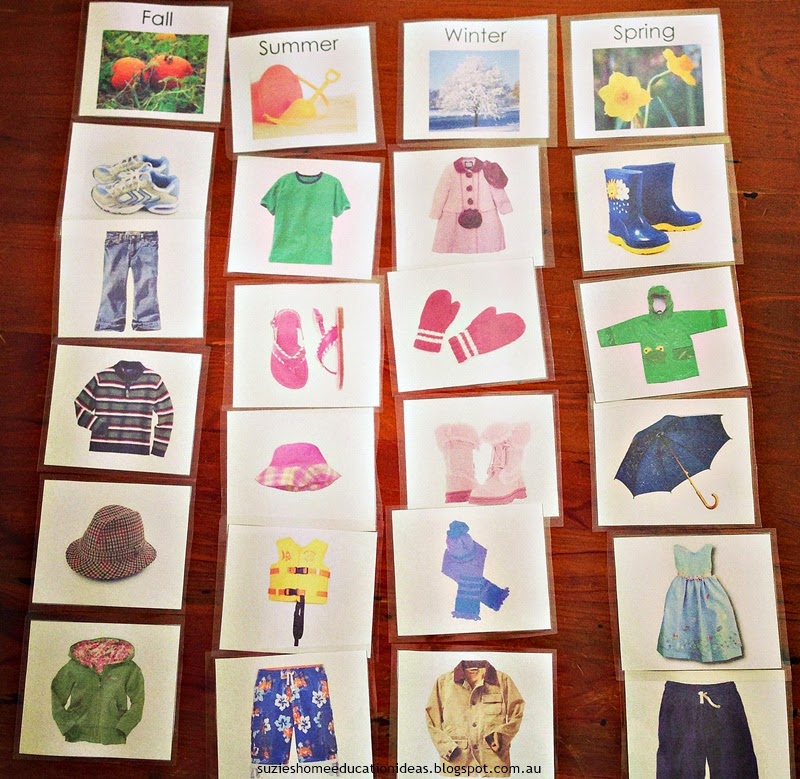The sale of seasonal products online works the same way it does offline. When a product is in season it flies off the shelves. But the moment the peak season winds down demand is low and quickly disappearing. Maintaining stocks that match different seasonal needs is can bring in more income.
But, when you offer a variety, inventory management turns into an issue. As it is, inventory management is a hassle, with seasonal goods you have the additional headache of sorting seasonal inventory.
So, how do you make the most of the changing seasons with the least amount of hassle?
Specialised management for seasonal inventory
#1 – What is it you want to sell?
First and foremost, you need to realise what you want to sell. Next, decide if these products seasonal. If they are, check when they receive the most demand. Mark that down as their peak season. Rainwear will show a spike in sales during the monsoons. Sundresses and shorts sell like crazy during the summertime. Make a note of the peak periods for your goods so that step #2 of seasonal online retail is easier for you.
#2 – When to commence preparations & when to end sales?
When you are figuring out the peak time for your product you will also notice the slack period. The slack period is just as important as the peak period for sellers. This is because during the slack time sellers must prepare seasonal inventory for the peak period. Our experts at Browntape say that sellers must begin preparing for a season one month in advance if, they are purchasing their stocks. In case they manufacture their wares, the right time to begin is an entire season in advance. Early preparations allow sellers to satisfy demand right from the start.
When it’s just a week or 2 before the season is about to end, that is when you need to start offering discounts to clear off your seasonal inventory. Again, don’t wait until the last minute because this is when everyone wants to go on sale to get rid of seasonal stocks.
#3 – How to differentiate seasonal stocks?
If you sell seasonal goods you must maintain some form of seasonal distinctions in the SKUs. This will make it easier for you to manage seasonal inventory. A quick glance at the SKU codes will tell you what goes where and in turn, avoid product mix-ups.
#4 – How much stock to maintain?
Recording last year’s sales numbers helps in predicting the amount of stock required. In addition to this, sellers must also take note of the products that sold out during a product’s last peak season. For example, during the winter season last year if shawls went out of stock the fastest, make sure you keep more of them in stock for the next winter season.
That’s not all, make it a point to pay attention to the latest seasonal trends. Maybe last winter cardigans were in fashion and sold well. But, this time it maybe jackets that do better. So stocking up on cardigan will be a waste of finances.
Also remember, if you plan on advertising your products you must again maintain enough stocks to last throughout the ad campaign or sales period. There’s nothing worse than going to a sale and seeing the shelves empty.
The main takeaway here is past performance and present trends affect the future of your seasonal sales. Sellers need to pay attention to these to ensure smooth seasonal selling. To keep from messing up your seasonal inventory during sales you can use inventory management software like Browntape. In case you have questions about effective inventory management, talk to a Browntape expert today!
We are India’s leading ecommerce specialist and we are always happy to help!





